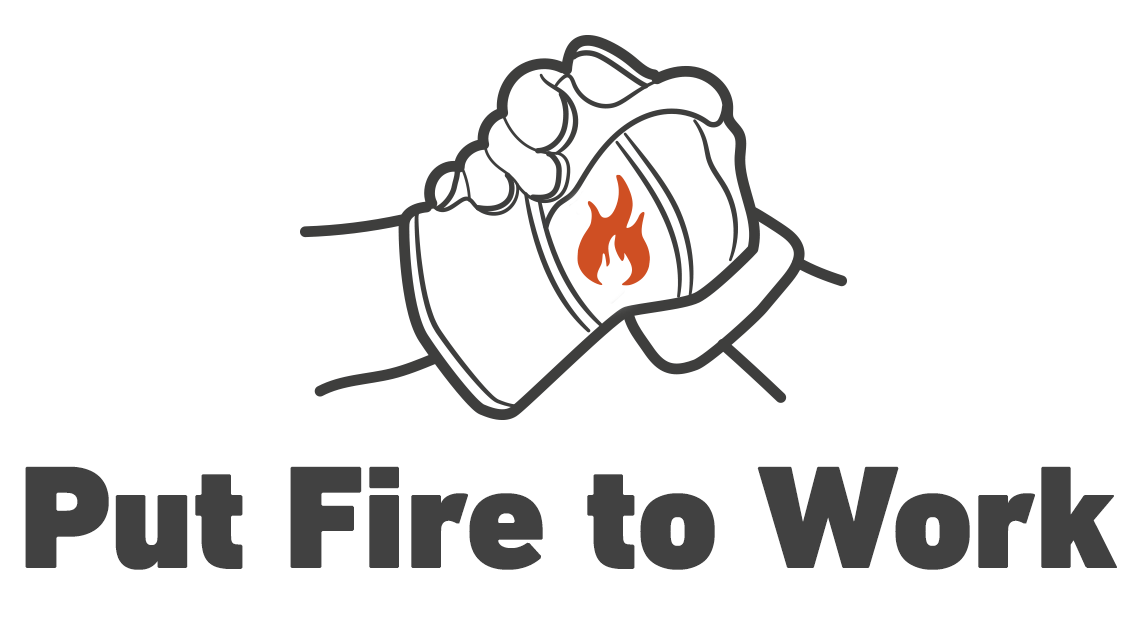Not sure where to start, or need more context? These seven case studies from landscapes throughout the West lay the groundwork for engaging communities in prescribed fire and smoke.
Audience + Messaging
Whether you’re speaking to homeowners with property adjacent to wilderness boundaries, smoke sensitive individuals, a stewardship organization, or a government agency, the most effective messages emphasize their unique connection to land and place, and work back to prescribed fire.
Fan their flames.
““People are not really seeking an acceptance of prescribed fire; however, they are seeking a close relationship with forests and other natural lands. Framing our messages around people’s relationship with the forest, and briefly interrupting ourselves to point out that prescribed fire is an important tool in keeping forests and natural lands healthy, is a much more effective approach.””
Best Practices for Audience + Messaging
Stay authentic, but get strategic.
Prescribed burning is a uniquely technical and deeply personal skillset. Our industry is filled with passionate, science-loving, flame-wielding folks who live to talk fire. We are proud of the power of this tool, and know the future of our forests and safety of our communities depends on it.
But it’s not just about talking more, or talking louder. We need to put fire to work by embracing a paradigm shift—from blanket outreach that views education as the endgame, to targeted communication that motivates particular people and partners to take geographically-specific actions within a defined time frame. See the TELE Outreach Paradigm
Tap local knowledge to understand audiences.
Many of us have the privilege of living in the communities we work in, and have extensive on-the-ground knowledge of local interest groups in communities throughout Washington. This is vital, practical information, and the basis for effective messages that cross boundaries and motivate action.
Does your area have:
Elk hunters?
Rock-climbing tourists?
Volunteer fire departments fielding calls about smoke?
Hops farmers concerned about water supply?
Timber companies who specialize in thinning and marketing small trees?
Recent transplants or second homeowners new to life in a fire-dependent landscape?
Tribes with burning expertise to share?
Stewardship organizations who own land and may be open to conducting a prescribed burn with defined restoration goals and mutually beneficial publicity?
As practitioners and partners, take time to map out local knowledge, and match up specific land-based interests with land attributes supported by healthy forests and prescribed fire. While informal, this data is critical to the process of understanding your audience, and communicating effectively with audience segments. See TELE Section 4 - Understanding Your Audience
In addition, be sure to check out the TELE Landowner Types. These social science profiles are broadly instructive for understanding four common orientations to land.
Write more like you speak.
Use clear language, and avoid unnecessary jargon and endless acronyms, but don’t dumb down how important and pressing prescribed fire is. Your audiences are smart, and want to understand how to live more safely in fire-prone communities, and help restore landscapes they love.
Fire is a conversation—between partners and practitioners, and with the landscape. If you’re passionate about the power of prescribed fire, consider it your personal mission to always explain these complex (and occasionally controversial) topics in engaging, conversational terms.
Resources for Audience + Messaging
Put Fire to Work
See our poster and flyer templates for a few examples of new messaging efforts that are currently underway.
Florida Forest Service—Why Prescribed Fire?
https://whyprescribedfire.org/let-neighbors-know
Cascadia TREX
Prescribed Fire Key Messages
Prescribed Fire and Smoke Messaging Plans
Ashland Fire Resiliency—Draft
Leavenworth Rx Fire Communication Guide
Tools for Engaging Landowners Effectively
TELE Engagement Guide


